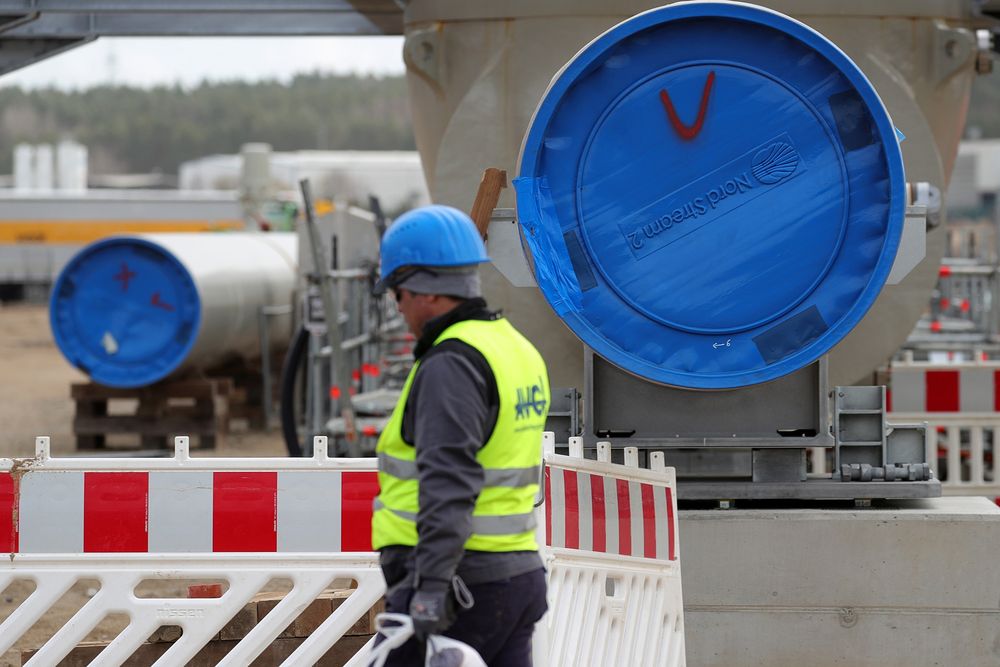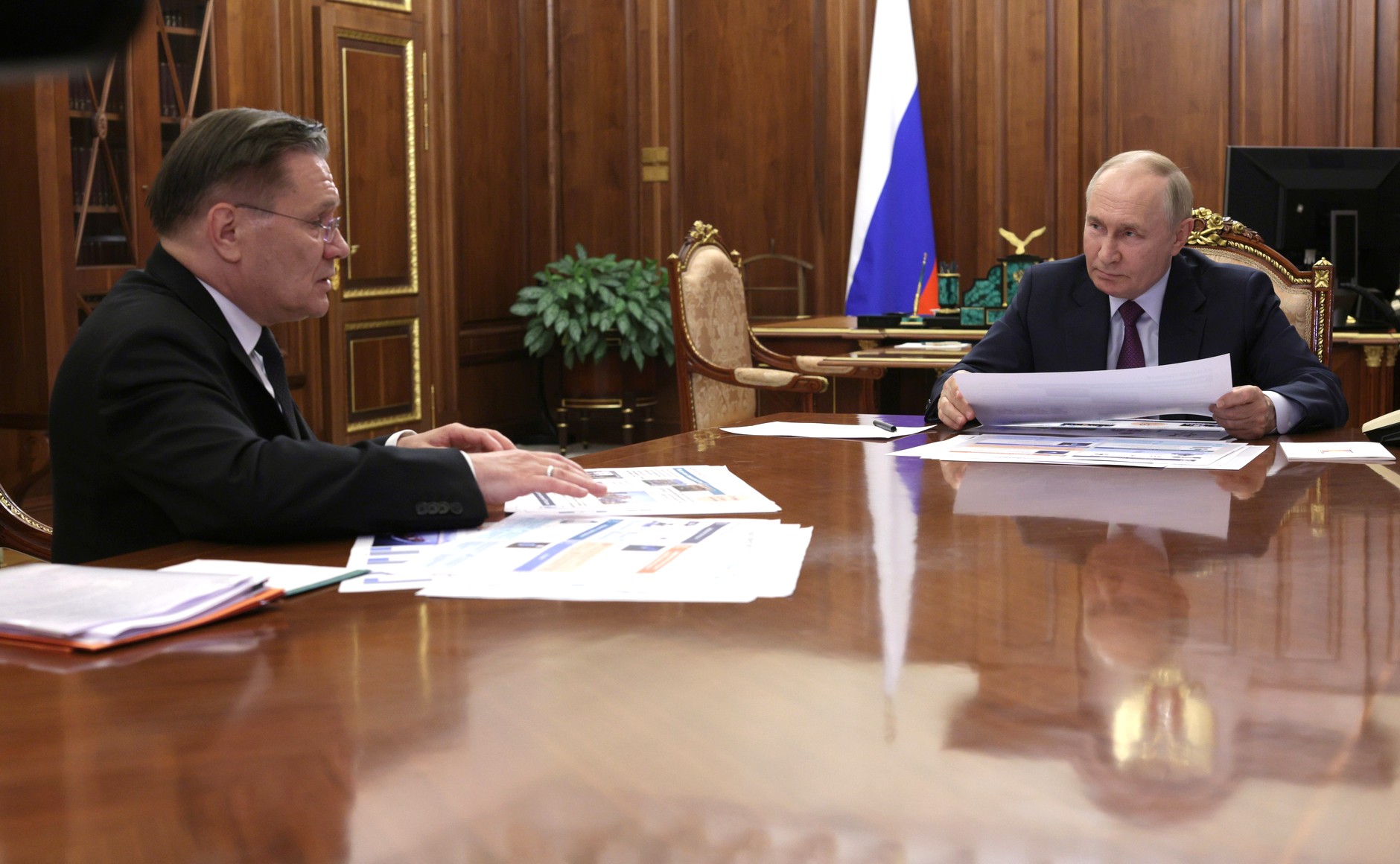
Since EU Court Ruling, Moscow in a Weaker Position in Gas Transit Talks With Kyiv
Since EU Court Ruling, Moscow in a Weaker Position in Gas Transit Talks With Kyiv
Moscow has found itself in a weaker position in its negotiations with Kyiv on continuing natural gas transit through Ukraine to Europe after December 31. The current ten-year gas transmission agreement between Russia’s Gazprom and Naftogaz of Ukraine will expire at the end of the year. Russia was hoping to have two new mega-pipelines operational by that time, but the construction of Nord Stream Two and TurkStream Two has been delayed significantly (Biznesalert.com, March 27; Senate.gov, May 2019). Even Russian energy experts admit now that these pipelines will not be ready as soon as Moscow needs them: Ukrainian transit will remain essential for Gazprom in the next few years (TASS, September 20).
In addition, the decision of the Court of Justice of the European Union, on September 10, to limit Gazprom’s usage of the Ostsee-Pipeline-Anbindungsleitung (OPAL) pipeline in Germany to 50 percent of its capacity presented another hurdle to Russian gas supplies from the existing Nord Stream One. The problem will further exacerbate when and if Nord Stream Two is built, as Germany will have insufficient overland pipeline capacity for the transit of all Nord Stream gas to Central and Eastern Europe (Curia.europa.eu, September 10).
These developments severely limit Gazprom’s options to supply Russian gas to European customers through alternative pipelines bypassing Ukraine. The Ukrainian gas transmission network is, thus, posed to remain the main delivery route for Russian natural gas in the next several years. In fact, as a result of the OPAL decision, Russian gas volumes transmitted via the Ukrainian route may even increase in 2020. Ukraine transmitted 93.5 billion cubic meters (bcm) of Russian gas to Europe and Turkey in 2017; these volumes dropped to 86.8 bcm in 2018 after Gazprom was allowed to temporarily use the OPAL pipeline at full capacity since July 2017 (Naftogaz.com, 2019).
The OPAL gas pipeline is the terrestrial section to the west of the Nord Stream One pipeline. It is the largest-capacity piece of overland gas transmission infrastructure in Western Europe, designed to pump 35 bcm of Russian gas per year. The second pipeline transiting Russian gas from Nord Stream is the westward-bound NEL pipeline, with a capacity of 20 bcm per year. OPAL and NEL’s combined capacities of 55 bcm per year exactly match the capacity of the Nord Stream One pipeline (see EDM, January 31, 2014).
On September 10, the General Court, a constituent part of the Court of Justice of the European Union, found that the European Commission’s 2016 decision allowing Gazprom unrestricted use of OPAL was adopted in breach of the principle of energy solidarity. The ruling firmly upheld the principles of energy security of the EU, enshrined in the 2009 Gas Directive (Curia.europa.eu, September 10).
The OPAL pipeline was initially granted an exemption to third-party access from the EU’s Third Energy Package rules in June 2009—i.e., the transmission system operator did not have to reserve any capacity for other suppliers. The European Commission challenged this ruling and limited the capacity used by Gazprom to 50 percent of its technical capacity. But in October 2016, the Commission revised its decision, allowing Gazprom to book 80 or even 100 percent of the pipeline capacity.
Following this decision, Poland’s PGNiG and PGNiG Supply & Trading filed a complaint in the Court of Justice of the European Union objecting to the Commission’s decision to allow Gazprom to use the full capacity of the OPAL pipeline in Germany, which transits gas from Nord Stream One to Central Europe. Poland argued that granting a new exemption relating to the OPAL pipeline threatens the security of gas supply in the European Union, in particular in Central Europe. The claim was supported by Lithuania and Latvia (Euronews, September 10; see EDM, September 16).
In July 2017, the Court of Justice of the European Union and the German Higher Regional Court issued rulings upholding the decision by the European Commission from October 2016 and allowed Gazprom to use virtually the entire capacity of OPAL until a final decision was made in 2019 (McKinsey Energy Insight, September 2017). This led to reducing the Russian gas transit through Ukraine and redirecting more volumes to Nord Stream One. But the final court decision on September 10, 2019, upheld the principles of energy security and energy solidarity and annulled the Commission decision from three years earlier. The ruling stated that “The General Court finds that the principle of solidarity is not referred to in the 2016 decision and that it does not appear that the Commission, as a matter of fact, conducted an examination of that principle” (Curia.europa.eu, September 10).
This is a landmark legal ruling that will have wide implications for all Russian natural gas projects in Europe going forward. It will certainly serve as the gold standard in similar cases in the future, including the planned onshore pipeline for Nord Stream Two gas—EUGAL—and the prospective pipeline designed to connect TurkStream Two to the Balkans.
The construction of the EUGAL pipeline is critical for Nord Stream two. With a capacity of 55 bcm, the pipeline is planned to transport gas from Nord Stream Two to Czechia (the Czech Republic) and would then connect with the Transgaz network in Slovakia, sending gas in the west-east direction. In the absence of alternative branches, the planned flow capacity of EUGAL suggests that most of the gas from Nord Stream Two would be directed to the Central European markets and Ukraine, as well as to the Balkans and Italy, thus replacing most of the Ukrainian gas transit. Gazprom has said that EUGAL will not be fully operational before the end of 2020; therefore, the company will have to continue using the Ukrainian gas transit infrastructure until then to meet European gas demand (Sputnik News, March 20, 2018).
But after the recent EU General Court ruling on OPAL, the EUGAL pipeline will also be submitted to the rule of reserving 50 percent of its capacity for third party suppliers. This means that even if Nord Stream Two and EUGAL are built, Gazprom will annually be able to deliver only 65 bcm through the Baltic Sea route instead of 110 bcm as it hoped (20 bcm through NEL; 17.5 through OPAL; and 27.5 bcm through EUGAL). This means that the Ukrainian gas transit route will be needed for at least 45 bcm of the volumes that Russia was planning to direct to the Baltic route.


